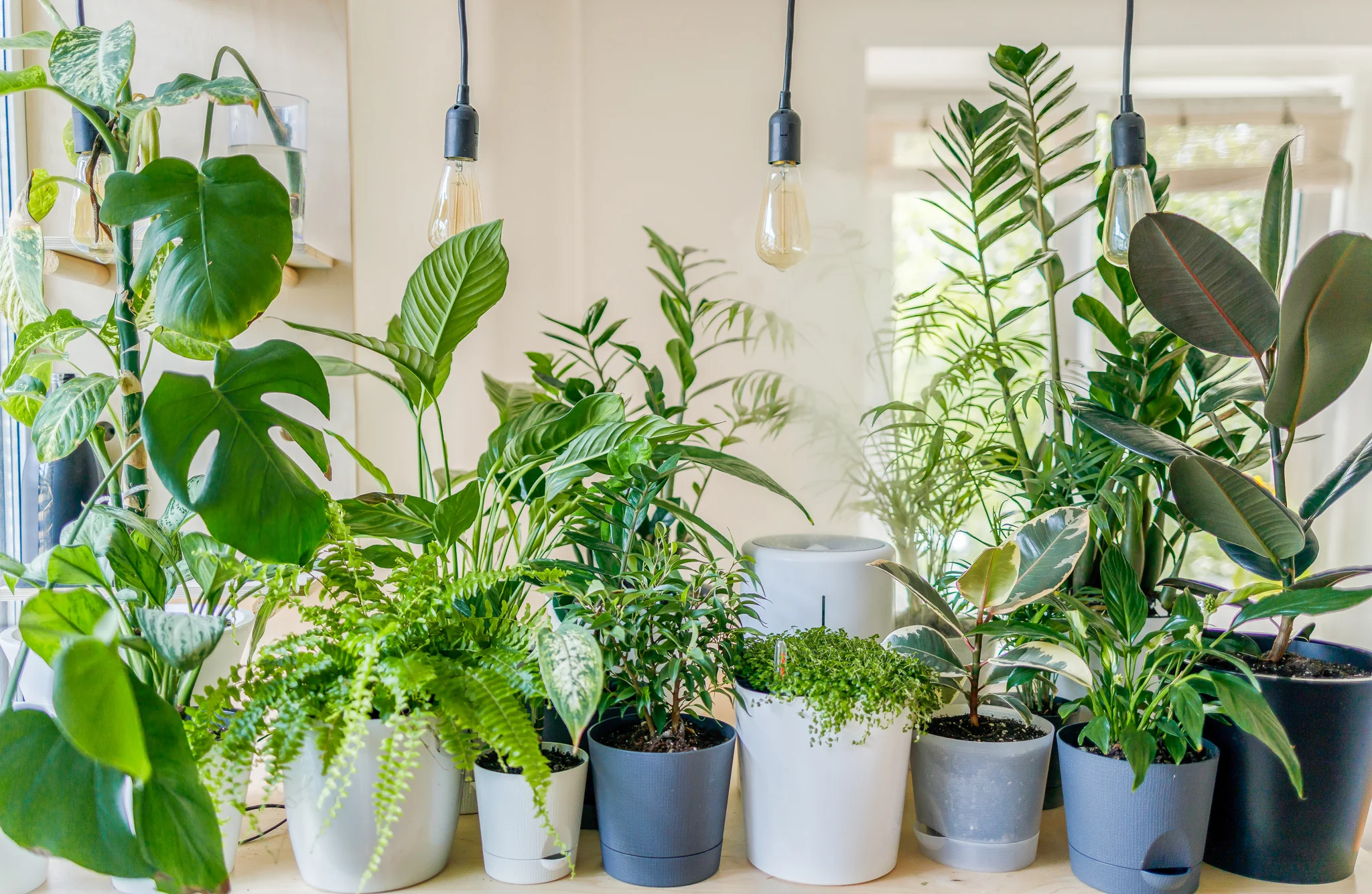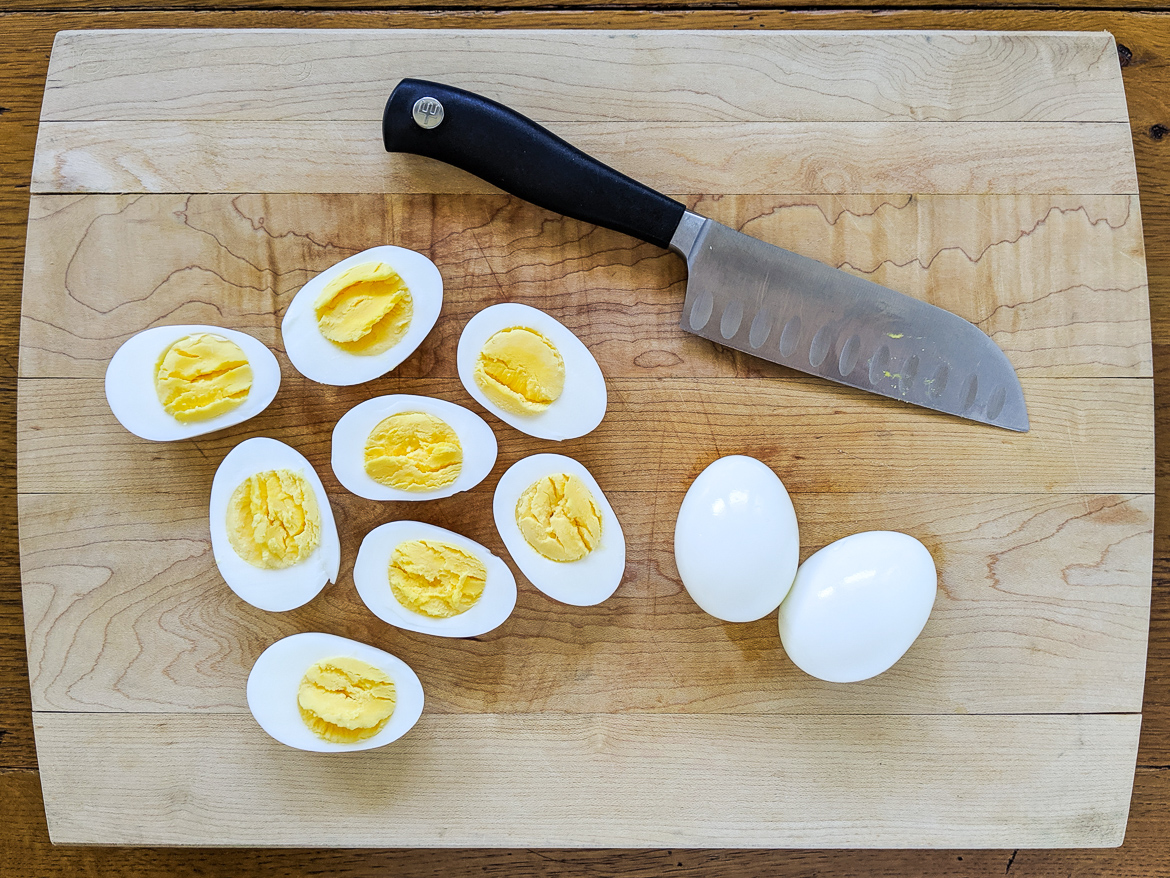Winter is usually thought of as a cool, pleasant season. But for many gardeners in India, winter can bring a surprising problem — heat stress. Yes, your plants can still suffer from too much heat in winter, especially when exposed to strong midday sun, indoor heaters, or poorly ventilated spaces.
If your plants start to wilt, dry up, or show crispy leaves, they may not be feeling the cold — they might be feeling the heat. In this article, we’ll explore how winter heat harms plants, what signs to watch for, and how to keep your garden and houseplants healthy and happy all season long.
This guide is written in simple English with short, easy-to-read sentences and includes practical tips for Indian gardeners, whether you grow plants on your balcony, rooftop, or garden.
Why Heat Can Be a Problem Even in Winter
India’s winters are mild compared to other countries, but the midday sun can still be harsh. Rooftops, terraces, and south-facing balconies get strong sunlight. Some plants, especially shade lovers, can get scorched or dried out.
Indoor plants face another kind of heat problem — dry air from room heaters. When the air becomes too dry, leaves lose moisture faster than the roots can supply. This causes leaf burn, browning, and stress.
Greenhouses and polyhouses can also trap too much heat if not ventilated well. The trapped air becomes warm and dry, especially around noon. All these factors together can make winter an unexpectedly stressful time for your plants.
Signs Your Plants Are Suffering from Winter Heat

It’s important to notice early warning signs. Some of the most common symptoms of winter heat stress in plants are:
- Brown or dry leaf tips and edges.
- Leaves curling or wilting during the day but recovering at night.
- Soil drying up too fast, even after watering.
- Yellowing and falling leaves despite regular care.
- Buds dropping before flowering.
If you see these signs, your plants may be getting too much sun or dry air.
Common Sources of Heat Stress in Indian Homes and Gardens
Here are the most common reasons plants get overheated in winter:
- Direct sunlight through glass windows or on terraces. Glass magnifies sunlight, causing hot spots.
- Indoor heaters and blowers. They make the air warm and dry, hurting tropical and indoor plants.
- Poor ventilation in greenhouses or balconies. Stagnant warm air can raise the temperature quickly.
- Reflective surfaces like white walls, metal roofs, or tiles that bounce heat onto plants.
- Microclimates — moving plants indoors or near stoves and sunny windows suddenly can shock them.
Knowing where the heat comes from helps you fix the problem easily.
Also ReD How to Make Perfect Hard Boiled Eggs: A Step-by-Step Guide
Simple Tips to Protect Your Plants from Winter Heat
1. Move Plants Away from Heat Sources
Keep indoor plants at least one to two metres away from heaters, radiators, and warm vents. Avoid placing them directly on sunny window sills during hot afternoons. Even a small distance can prevent leaves from burning.
2. Use Shade Nets or Curtains on Balconies
Install a 30–50% shade net on terraces or balconies to reduce sunlight intensity. This small change can keep the area cooler and prevent leaf scorch. For indoor areas, use sheer curtains to diffuse sunlight.
3. Ventilate Greenhouses and Balconies
Open windows or vents in the morning and late afternoon to allow air movement. Good ventilation prevents trapped heat. A small exhaust fan or open mesh door can make a big difference in maintaining the right temperature.
4. Increase Humidity Indoors
Indoor heaters and dry weather reduce humidity. To fix this:
- Group plants together.
- Place water trays with pebbles under pots.
- Lightly mist the leaves in the morning.
- Use a small humidifier if possible.
Humidity around 40–60% keeps tropical plants like peace lily, ferns, and money plant happy.
5. Mulch the Soil to Keep Roots Cool
Cover the soil with dry leaves, coco chips, straw, or compost. This mulch layer locks in moisture, keeps roots cool, and prevents temperature swings. It also improves soil health over time.
6. Water Deeply but Not Too Often
Check soil before watering. If the top 2–3 cm is dry, water deeply until it drains out from the bottom. Avoid shallow watering, which keeps the surface wet but leaves roots thirsty. Always water in the morning to help plants handle daytime heat better.
7. Provide Temporary Shade for Tender Plants
If you have young seedlings or delicate plants like herbs, cover them with a light cloth or jute sack during the hottest hours. Old bedsheets or bamboo shade structures also work well for this.
8. Prevent Sunscald on Trunks and Stems
Sudden exposure to hot sun after cold nights can cause cracks or light patches on stems. Wrap trunks with cloth or apply whitewash to protect them. This is especially useful for fruit trees and young saplings.
9. Avoid Fertilising During Heat Waves
When plants are under stress, avoid adding fertilisers or pruning heavily. Let them stabilise first. Adding nutrients when roots are dry can burn them.
Special Tips for Different Indian Settings
- Rooftop Gardens: Use terracotta or thick pots that don’t heat up fast. Install a shade net frame. Water early in the day.
- Balcony Gardens: Keep pots away from reflective walls or glass. Rotate plants every few days so each gets balanced light.
- Indoor Plants: Move pots slightly away from heaters and fans. Use trays with pebbles and water to add humidity.
- Outdoor Beds: Mulch heavily and check soil moisture often. Protect new plants with shade cloth during warm spells.
Useful Tools for Winter Plant Care
You don’t need expensive equipment. A few affordable tools can make a big difference:
- Thermometer-Hygrometer: To track temperature and humidity levels indoors.
- Simple Exhaust Fan or Ventilation Window: For greenhouses or enclosed balconies.
- Spray Bottle: For gentle misting in dry air.
- Moisture Meter: To know when to water — perfect for beginners.
Ideal Plants for Indian Winters
Choose plants that can handle sunlight and dry air better. Here are some options:
- Sun-loving plants: Bougainvillea, marigold, hibiscus, aloe vera, kalanchoe.
- Shade-loving indoor plants: Peace lily, pothos, snake plant, calathea, fern.
- Herbs for mild winters: Mint, coriander, tulsi, curry leaf, lemongrass.
When you select plants suited to your climate and light conditions, they thrive with less effort.
FAQs — Common Questions About Winter Plant Care in India
Q1. Can my plants really get heat stress in winter?
Yes! Even during cool months, Indian sunlight can be strong. Heat builds up in closed spaces and around reflective surfaces, making plants too warm.
Q2. Is it safe to use room heaters near plants?
Avoid placing plants too close. Heaters dry the air and damage leaves. Keep a distance and use water trays or humidifiers to balance moisture.
Q3. How much shade should I give plants during winter?
Use 30–50% shade nets on balconies or terraces. This reduces heat without blocking all light.
Q4. Can I mist plants daily to cool them?
Light misting once in the morning helps, but avoid doing it at night or too often, as it may cause fungal growth.
Q5. What’s the best time to water plants in winter?
Morning is ideal. The water warms up during the day and supports healthy roots. Avoid watering in the evening to prevent cold stress.
Final Words: Keep Your Winter Garden Cool and Healthy
Winter gardening in India is not just about protecting plants from cold — it’s also about shielding them from heat and dryness.
Check your plants daily, adjust sunlight exposure, and maintain humidity.
A little care with shading, watering, and ventilation goes a long way.
Remember, happy plants mean a happy garden — even in the trickiest Indian winters.
With these simple tips, your plants will stay green, strong, and full of life all season long. 🌿✨









